Salvage Auction = 1 Million+ Vehicles Per Year
If you qualify as a dealer, dismantler, rebuilder, wholesaler, automotive related business, general business, exporter, you already know about this and as a private individual in Alaska, Arizona, Minnesota, North Carolina, and Oregon then you might be able to get through the front door. With the proper credentials you are now a Dealer and in certain circles the Dealer License can be a License to Print Money!
There is a very stong probability that you know about these places but you have not been there to walk through the property or participate in an auction. This is an important Tribune topic which represents a massive multi-billion dollar business that operates off your radar.
Two major players that I am familiar with are Sadisco and Copart. These are industrial giants that run a very professional organization. For a Forensic Engineer many of the vehicles that you end up looking at end up at the insurance salvage facility. Sadisco is a private company that has been in business for 50 years and has 24 locations in the Southeast. Copart is a public company and sells more than 1 million vehicles per year including cars, trucks, motorcycles, boats, recreational vehicles, powerboats, and motor sport vehicles to buyers in over 100 countries. Vehicles may be smashed in the worst manner; however, security in the facility is absolute serious business. You absolutely positively do not take any part off of any car. Each vehicle is its own case or file number and if there is any question about integrity of the people coming in, and the objective of the people coming in, then you will not be permitted to enter the property.
How come you are not familiar with their operation.? It’s because you probably do not spend much time in that segment of the vehicle market. In fact unless you know someone with the proper credentials you will not be permitted past the gate! Most of these vehicles are damaged and written off as a total loss for business or insurance purposes. Some vehicles were stolen and recovered where the owner has received a settlement payment. Additional vehicles come from dealer trade-ins, public and dealer consignments, retired fleet vehicles, damaged rental cars and repossessions.
When a vheicle is seriously damaged and the insurance company says that it should be totaled or not repaired then the car goes to an insurance salvage sale. If a car is water damaged, hurricane flooded, or involved in other catastrophic events then the car will probably end up at an insurance salvage sale.
In some ways these huge places are the end of the line for anything that once moved.
This very well could be the final sale with the car taken to a recycling or scrap yard. Some vehicles are repaired and then sold. A very few vehicles will be taken some place and wholesaled again. It does not take a lot of imagination to arrive at the opinion that some very good things come out of these places. And, it does not take a lot of imagination to recognize that some not-so-good things happen to these vehicles.
Criminal activites were identifed in a recent Tribune post on Forensic Engineering. As you reflect on the photos and information in this article you can get a much better understanding for how you need to inspect, or have professionally inspected, any used and some new cars that you might purchase. Water damage is particularly challenging for the investigator to identify. Electric and electronic components typically start to corrode and ultimately go intermittent or fail typically a long time after submersion. Awareness and having an open mind is an important thing in any vehicle purchase. Especially since so many cars are processed through the salvage auction.
In the past 10 years the general facilities are better. Insurance salvage facilities used to be just a big piece of property with gravel roads and cars stacked side by side. Some of the photos in this article show the historic perspective and some photos are contemporary.
Thousand+ cars on a lot is common.
When the insurance company says it is ok to dispose of the car then, at the weekly sale, it will be up for auction. On the windshield of the car (look at the white car above) is a crayon mark for the Row Number and the Car Number so 35-121 would represent car number 121 in row 35. If the car is moved then expect to see multiple numbers on the vehicle.
Cars are sold totally as-is. No warranty and what you see is what you get. A locksmith is normally around on sale days to cut keys. If you buy at this auction then you had better be a pro in many ways. This place is not for the faint of heart. This is for the pros who know which vehicles they can make money on and those vehicles to walk away from.
When you purchase your next vehicle consider where it came from. CARFAX is a good thing. However, there are loopholes in the system and professionals make it a point to know how the system works. You buy one car. Some people with the proper credentials buy 100’s of cars and shop at the Salvage Auction.




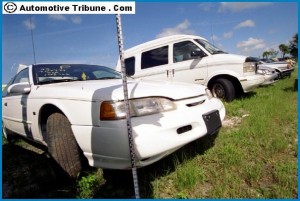
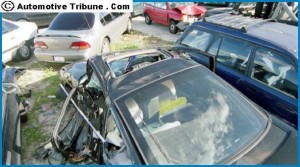

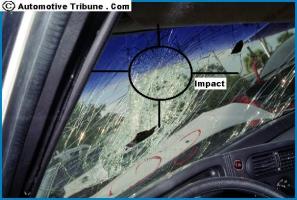
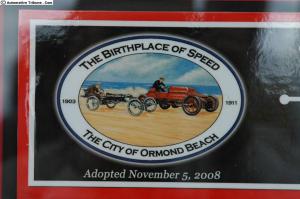

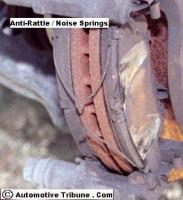
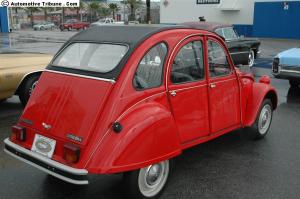
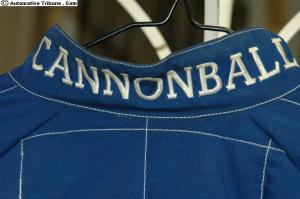


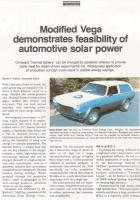
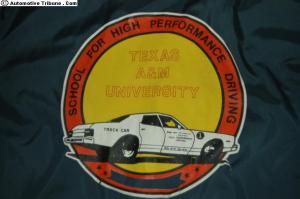
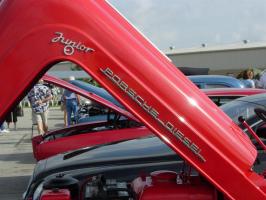
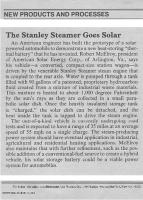
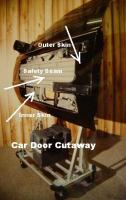
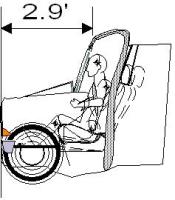

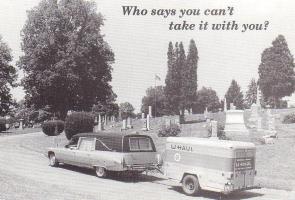
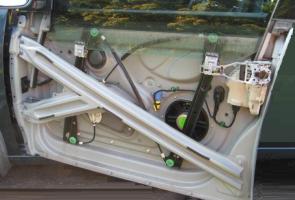
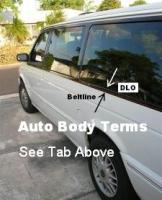
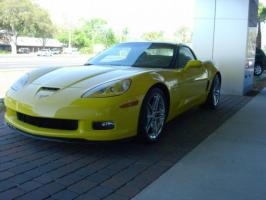

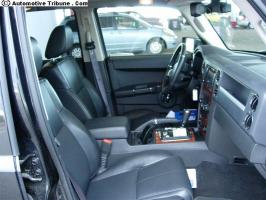
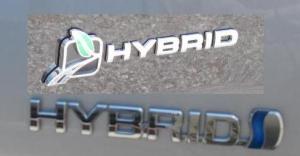


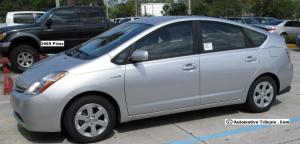



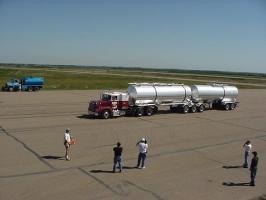
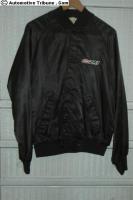
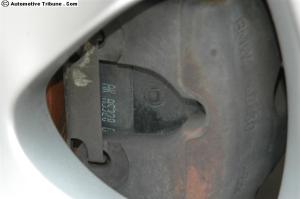

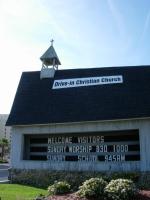
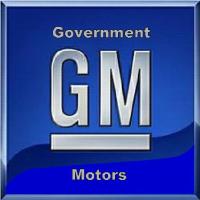
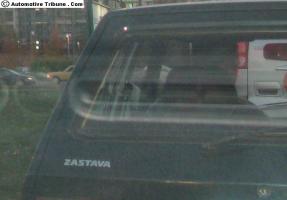
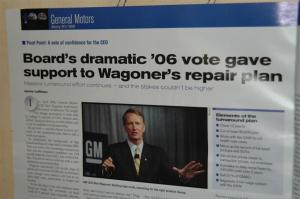
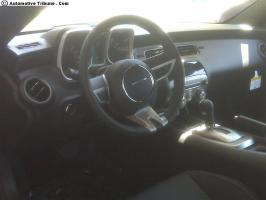

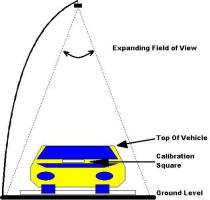

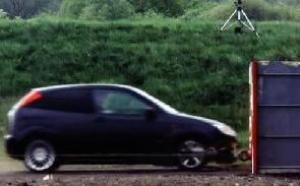
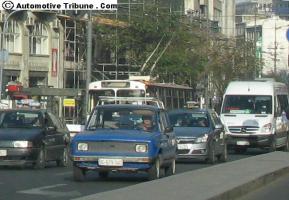
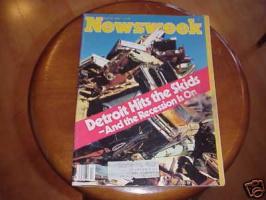
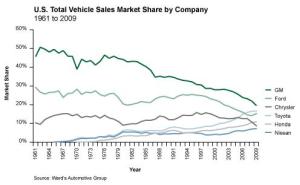
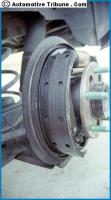

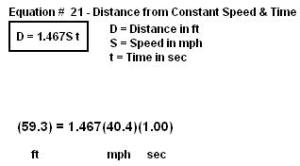
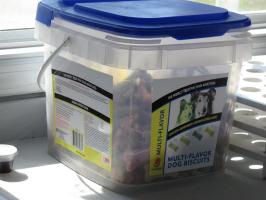
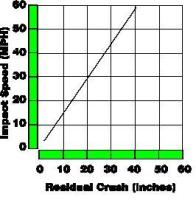
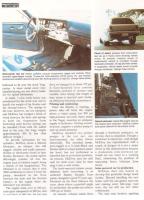
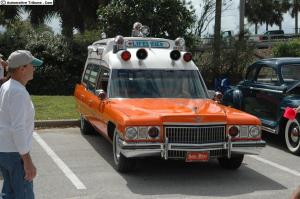


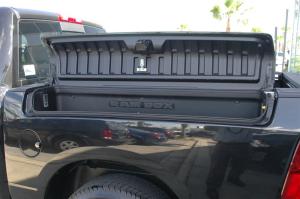
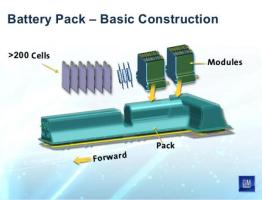





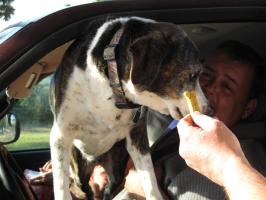
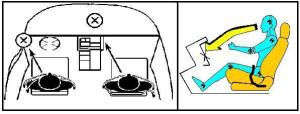

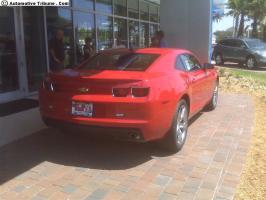
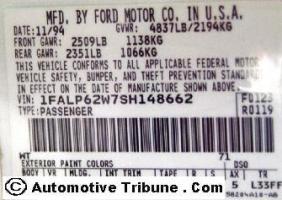


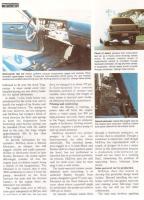

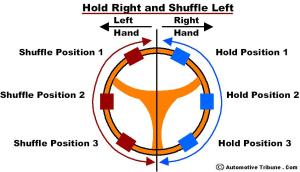
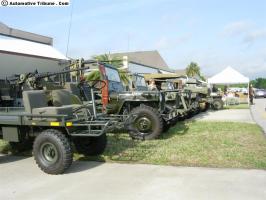
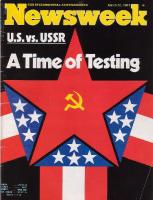
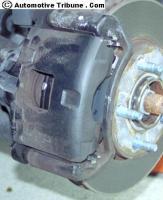





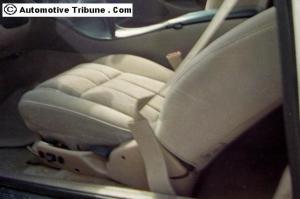








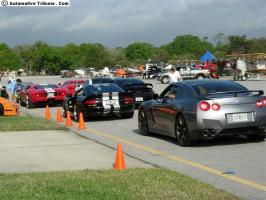
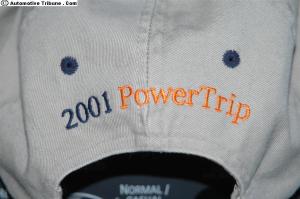


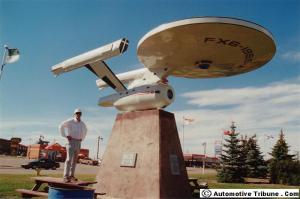

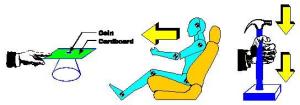



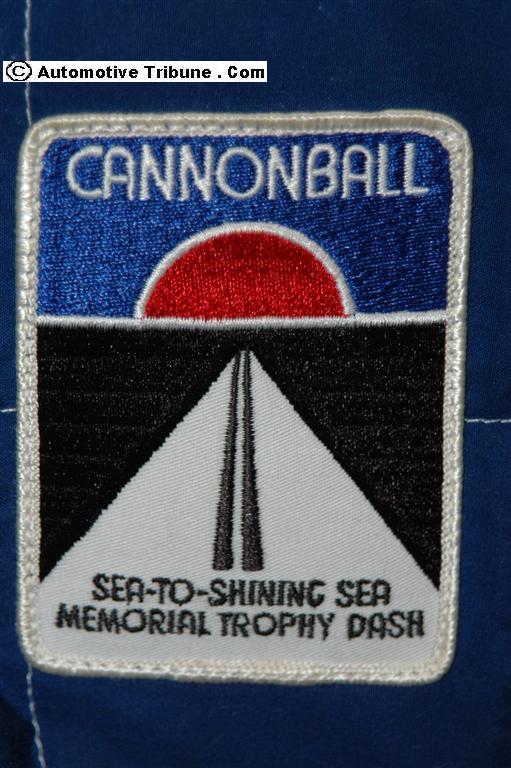
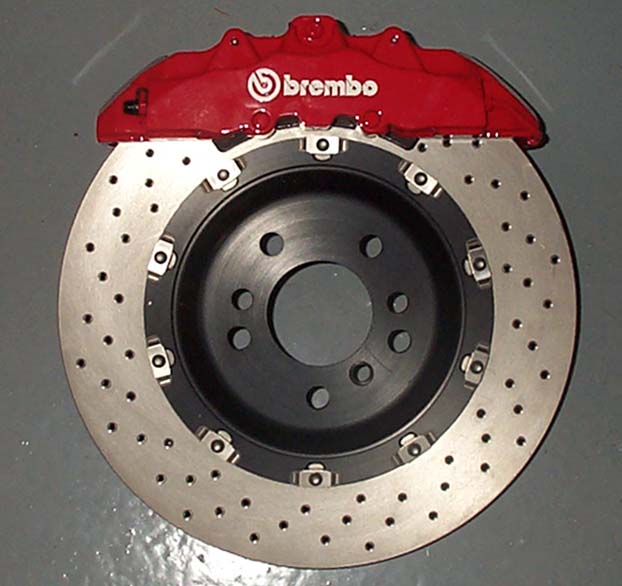
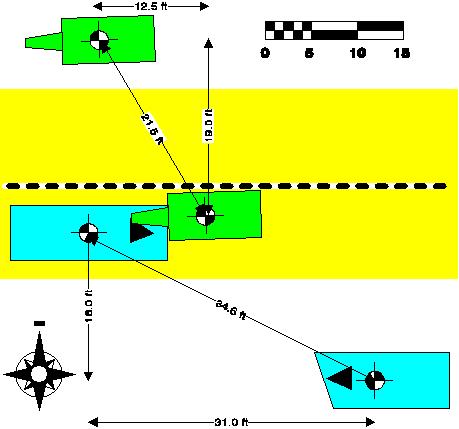

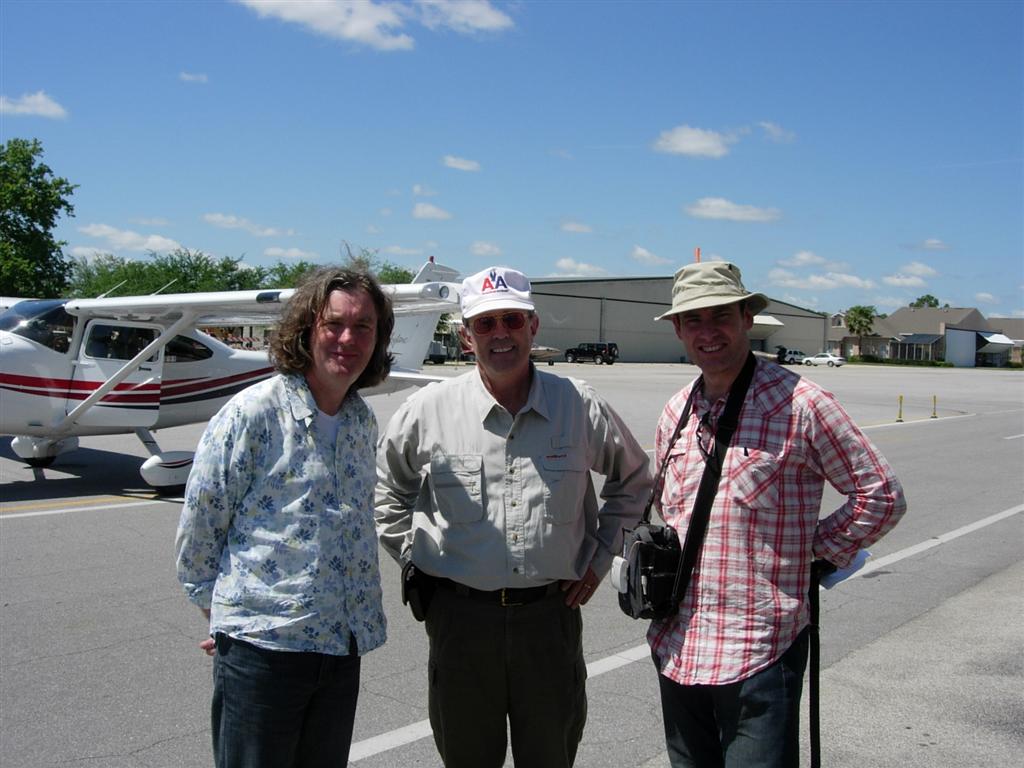

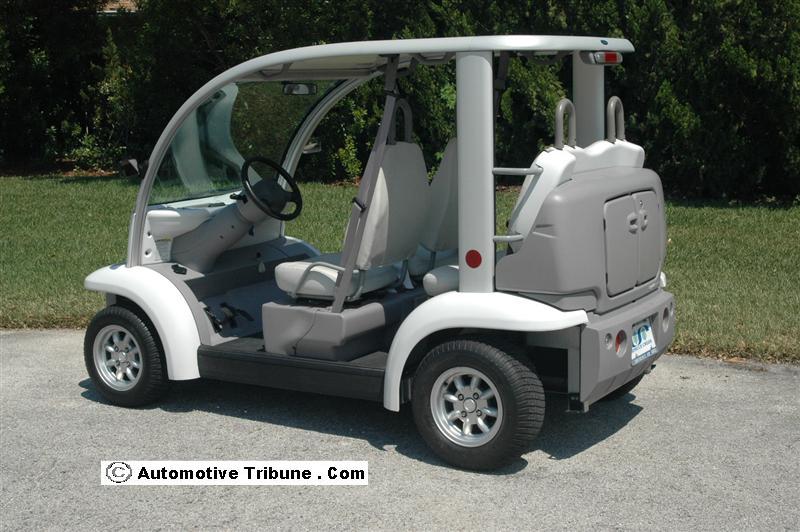

Wonderfull…